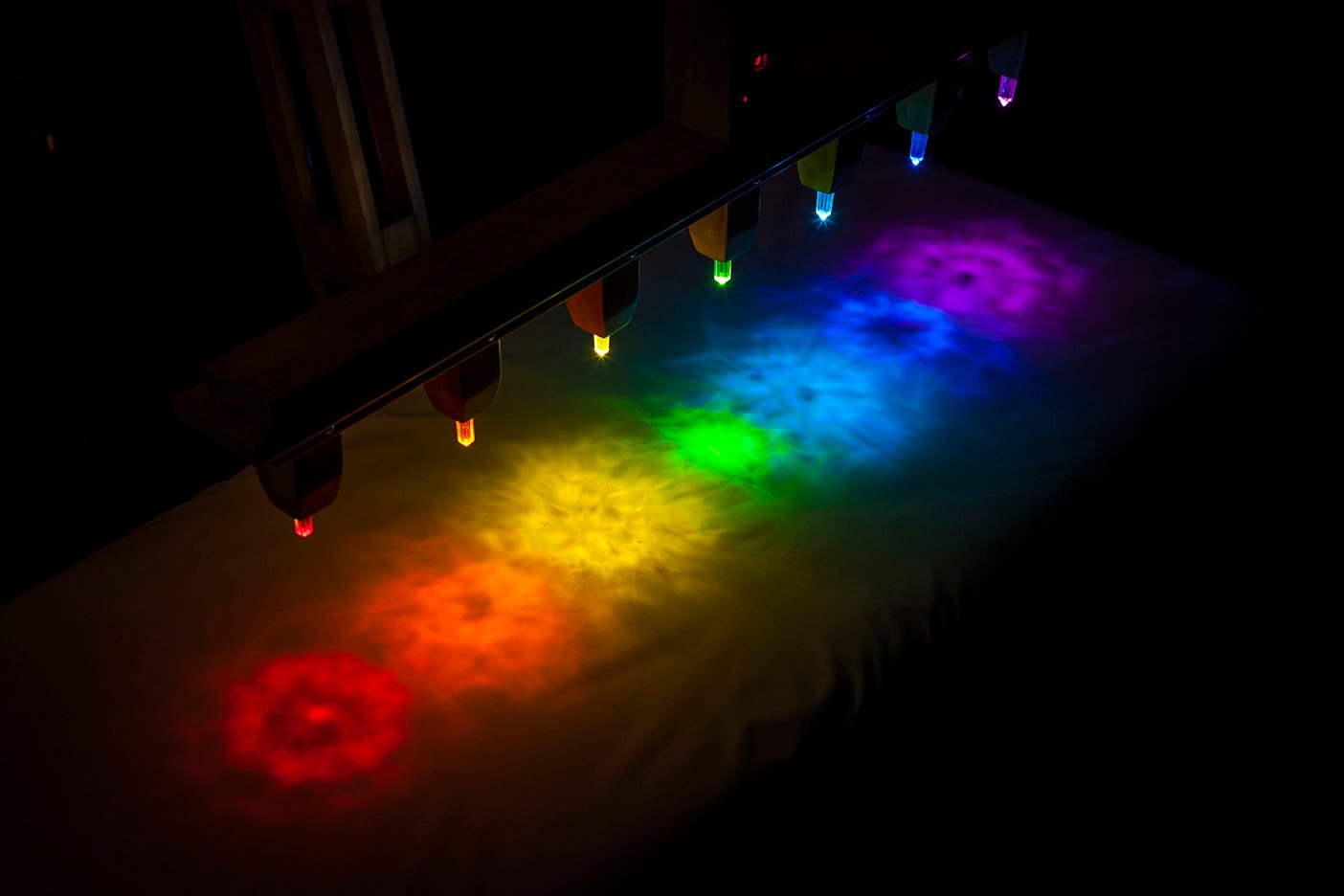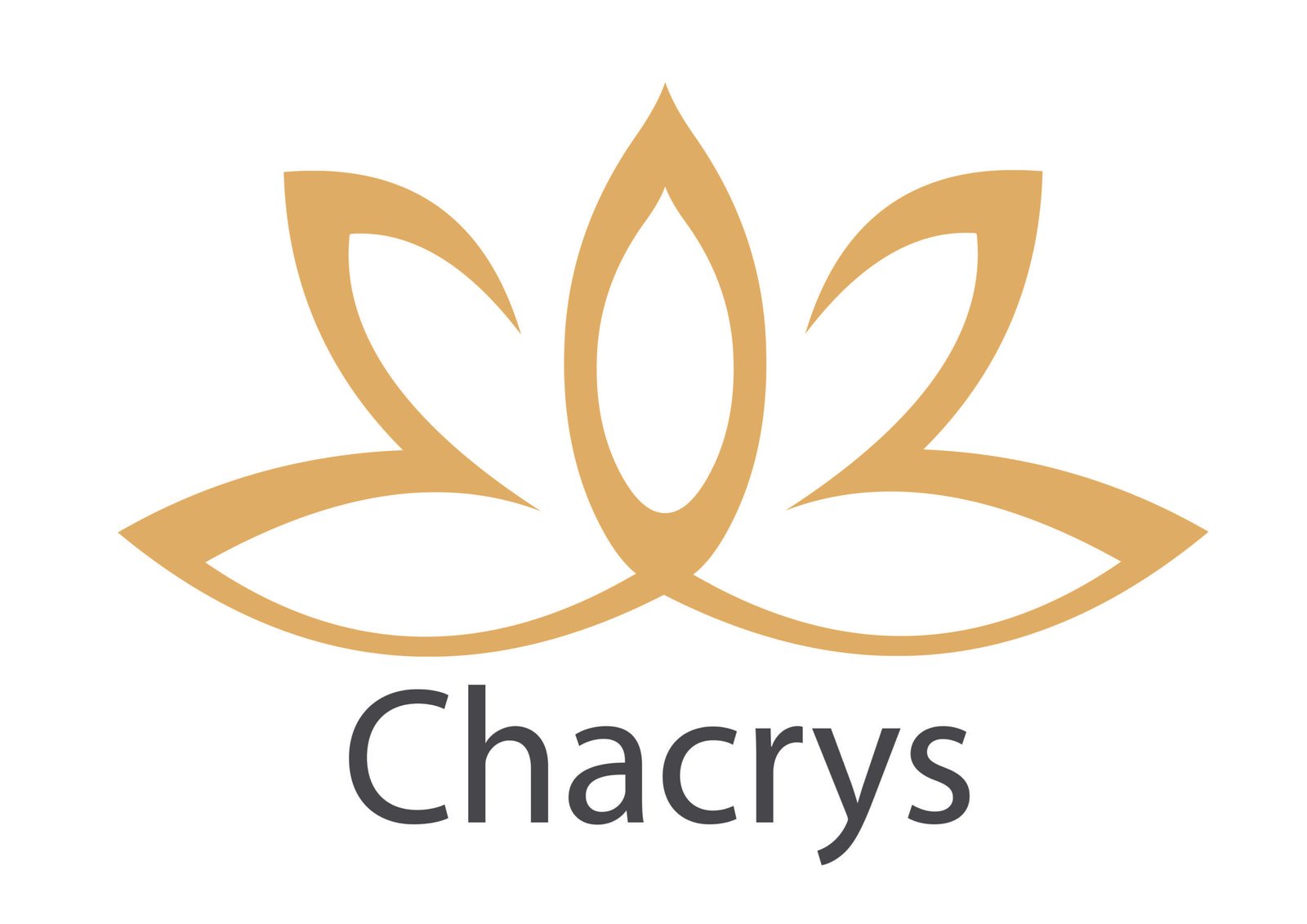
Garnet Crystal – Meaning, Benefits, Healing Properties & How to Use
What is Garnet?
Garnet isn’t a single mineral but a clan—almandine, pyrope, grossular—each grain a tiny ember hardened into crystal. Most people picture wine-red, yet garnet also blazes mint, cinnamon, even matte black. Cubic dodecahedra pop from schist like sugar-coated pomegranate seeds. With hardness near 7½ and resilience against chemical attack, it once served as industrial sandpaper; nature literally sharpens steel with it.
Benefits of Garnet
Emotionally, garnet carries reputation for rekindling drive that life’s draughts threatened to douse. Users speak of warmer circulation, steadier libido, and renewed loyalty to long-range goals. The stone’s subtle heaviness in palm can remind wearers that commitment, like gravity, keeps dreams from drifting into wish-smoke. These reflections are metaphoric; consult professionals for circulatory or hormonal hurdles.
How to Use Garnet?
Keep a small garnet in your wallet’s coin slot; each purchase prompts you to respect resources. Writers scatter five tiny beads around a candle when revising scenes—the glints mirror plot sparks rediscovered. If you dread winter mornings, place a garnet cabochon beside the alarm clock; its ember tone frames dawn light as risen rather than stolen.
Healing Properties of Garnet
Palette wide: claret, raspberry, lime-sherbet grossular, tangerine spessartine. Chemistry varies, but general formula X₃Y₂(SiO₄)₃ where X = Ca/Mg/Fe²⁺, Y = Al/Fe³⁺/Cr. Frequent locales: Rajasthan’s mica schist, Idaho’s river gravels, Czech Bohemian hills. Themes include ember resilience, steadfast passion, and constructive grounding.
Garnet Cleaning and Maintenance
Water and mild soap safe; tough stone shrugs average wear. Avoid ultrasonic cleaners—they may shift internal stress planes. To refresh, bury in a pot of basil overnight; earthy ions and herb aroma lift any lingering emotional ash. Store loose; its hardness can scratch soft pectolite yet withstand quartz.

